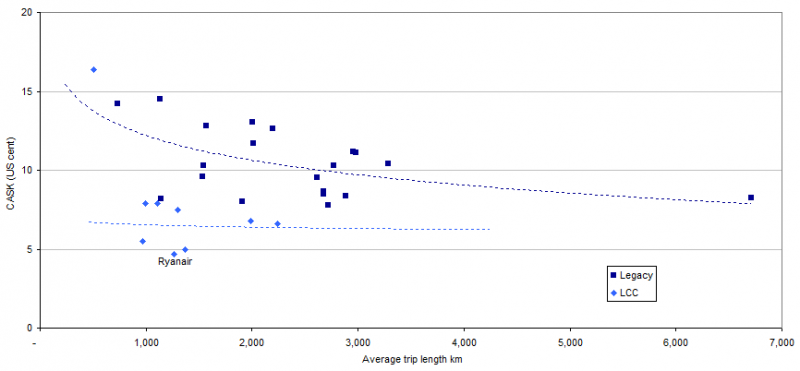Non ha a che fare con FR ma anche questa è bella (si fa per dire):
Calcio: Lotito frizzante, litiga per l'acqua in aeroporto
Ai controlli di Oslo non voleva consegnare una bottiglia. E quando passa De Rossi si gira di spalle
Aeroporto di Oslo-Gardermoen, notte tra martedì e mercoledì. La Nazionale ha battuto la Norvegia e si appresta a rientrare in Italia. E' l'una del mattino, il terminal è vuoto e però c'è trambusto ai controlli di sicurezza. Per colpa di chi? Del consigliere federale Claudio Lotito.
"E' PER LA MIA DIETA!" — Ecco la scena che si presenta agli occhi dei giornalisti in coda: Lotito ha in mano una bottiglia di acqua minerale effervescente naturale da un litro e mezzo e non vuole buttarla nel cestone. Non si possono introdurre bevande e alcolici nelle aree degli imbarchi, lo sanno tutti. Lo sa anche Lotito, che però insiste con gli addetti: "E' per la mia dieta!", urla in italiano. Imbarazzato, uno degli uomini di scorta alla nostra squadra cerca di spiegare al presidente della Lazio che non ci si può fare niente, che esiste un protocollo internazionale e che le polizie di frontiera hanno pieni poteri sul tema. I norvegesi si irritano, fanno capire che la tolleranza è al limite e che non c'è tempo da perdere.
IL GRANDE FREDDO — A quel punto Lotito si scola l'acqua rimasta e consegna la bottiglia. Poi si avvia verso il gate, rimarca il fatto che deve bere tanto ed esclama: "E' l'acqua del nostro sponsor!", quasi a sottintendere che le minerali degli azzurri dovrebbero godere di immunità aeroportuali. Salito in aereo, si accomoda in prima fila, vicino al presidente Tavecchio. Chiede a una hostess di pulirgli una mela. Arriva la squadra e al passaggio di Daniele De Rossi gira le spalle. Grande freddo. I due si ignorano. Viaggiano insieme, condividono ritiri, ma si parlano a distanza. Rapporto difficile, che potrebbe diventare un problema anche per Conte.
http://www.gazzetta.it/Calcio/Nazio...te-aeroporto-litiga-l-acqua-90417904961.shtml





